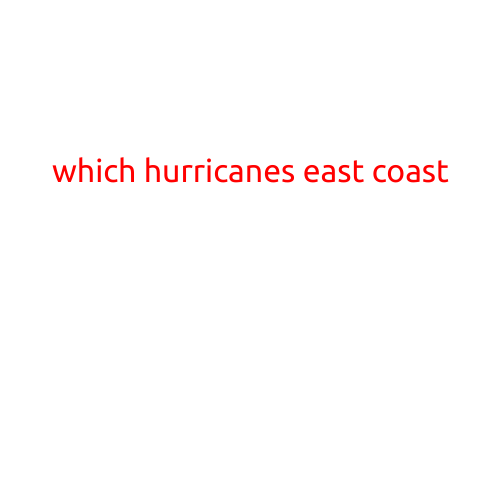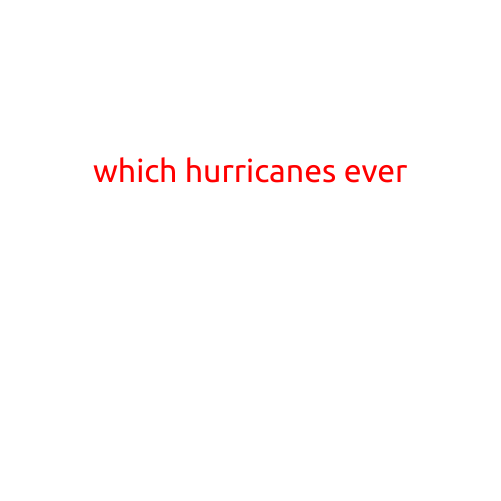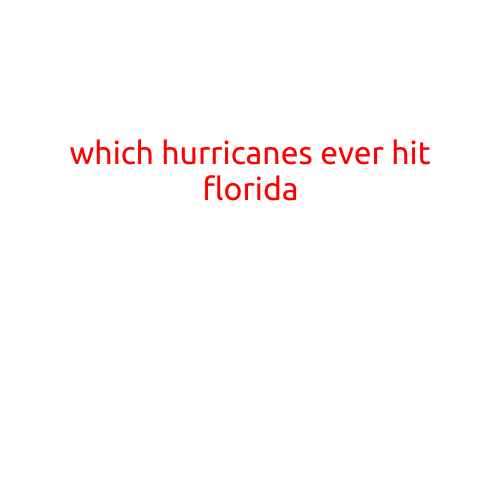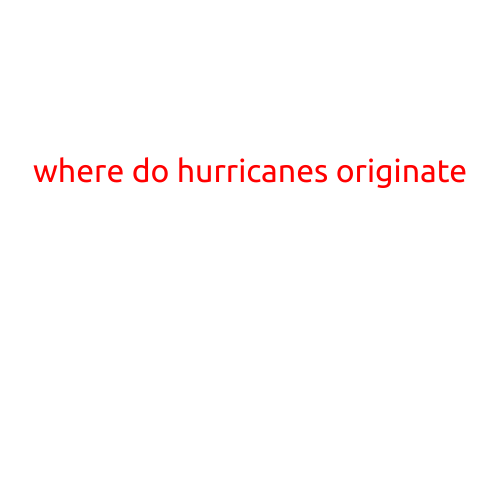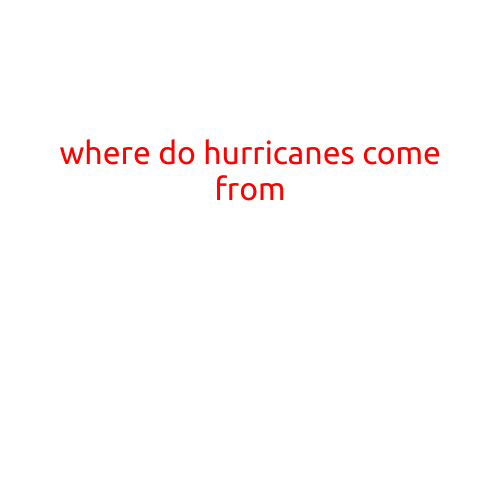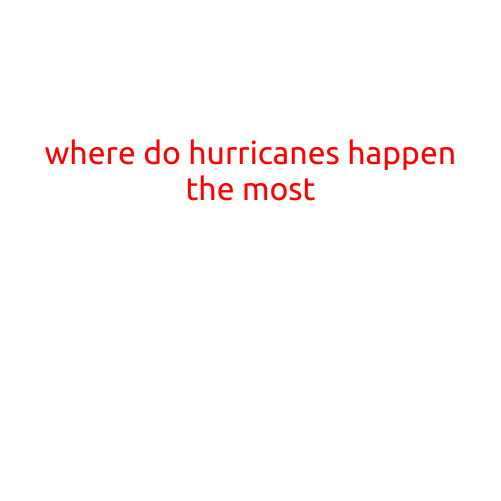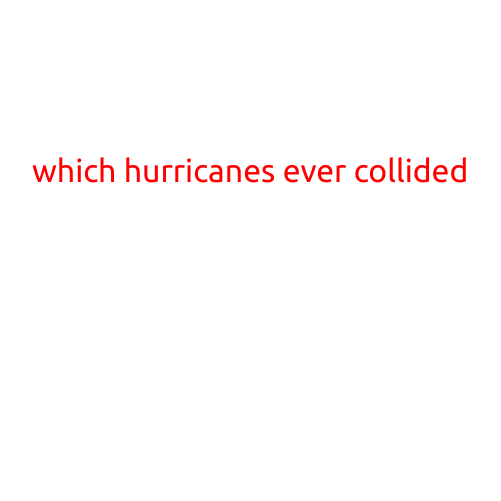
Which Hurricanes Ever Collided?
Hurricanes are powerful rotating storms that can cause devastating damage to coastal areas and communities. While hurricanes are often classified based on their strength, size, and wind speed, a lesser-known aspect of these storms is their behavior when they interact with each other. Believe it or not, hurricanes can actually collide with each other, resulting in a phenomenon known as a “hurricane merge” or “hurricane collision.”
In this article, we’ll explore the rare but fascinating phenomenon of hurricanes colliding, examining the circumstances under which it occurs and highlighting some notable examples of hurricane collisions throughout history.
What causes hurricanes to collide?
Hurricanes are massive storm systems that can span hundreds of miles in diameter. When two hurricanes develop in close proximity to each other, they can sometimes interact and merge or collide. There are several factors that can contribute to hurricane collisions, including:
- Convergence: When two hurricanes move in the same direction and converge, they can begin to interact and merge.
- Proximity: Hurricanes that develop close to each other are more likely to collide than those that are farther apart.
- Size and strength: Larger and stronger hurricanes are more likely to collide with each other than smaller and weaker ones.
- Wind patterns: The direction and speed of the wind can also influence the likelihood of hurricane collisions.
Notable examples of hurricane collisions
While hurricane collisions are relatively rare, there have been several notable examples throughout history:
- The Great Galveston Hurricane (1900): This Category 4 hurricane made landfall in Galveston, Texas, and collided with a smaller hurricane off the coast of Louisiana.
- Hurricanes Hazel and Gracie (1954): In September 1954, Hurricanes Hazel and Gracie collide in the Atlantic Ocean, resulting in a combined storm system that brought heavy rain and strong winds to the Carolinas and Georgia.
- Hurricanes Joan and Kate (1988): In October 1988, Hurricanes Joan and Kate merged in the Atlantic Ocean, creating a powerful storm system that brought heavy rain and strong winds to the Caribbean and the southeastern United States.
- Hurricanes Sandy and Sandy’s remnant (2012): In October 2012, Hurricane Sandy made landfall in New Jersey and collided with the remnants of Hurricane Sandy’s dissipation, creating a powerful storm system that brought widespread flooding and damage to the northeastern United States.
Consequences of hurricane collisions
When hurricanes collide, the consequences can be devastating. Hurricane collisions can result in:
- Increased storm surges: The combined wind and water forces of the colliding hurricanes can create a larger and more destructive storm surge.
- Heavy rainfall: Hurricanes that collide can produce a larger amount of rainfall than either storm individually, leading to flash flooding and landslides.
- Stronger winds: The combination of winds from both hurricanes can create a more powerful storm system, leading to widespread damage and power outages.
- Increased threat to coastal communities: Hurricane collisions can pose a significant threat to coastal communities, particularly if the storms interact in a way that creates a larger or more powerful storm system.
Conclusion
Hurricane collisions are a fascinating and complex phenomenon that can have significant consequences for coastal communities. While they are relatively rare, it’s essential for weather forecasters and emergency management officials to monitor these storms closely and be prepared to respond accordingly. By understanding the circumstances under which hurricanes collide, we can better prepare for and respond to these powerful storm systems.
